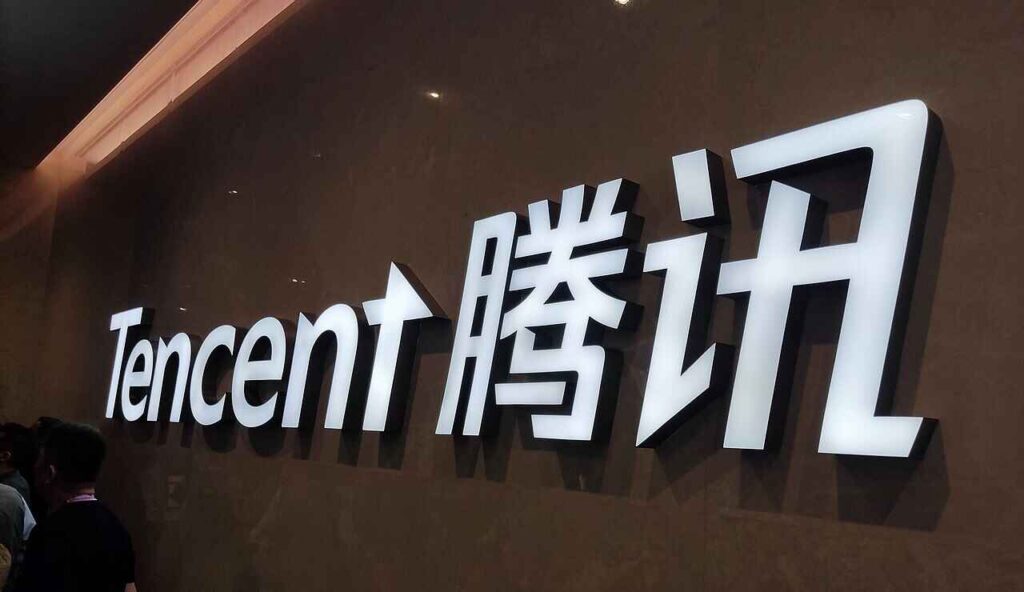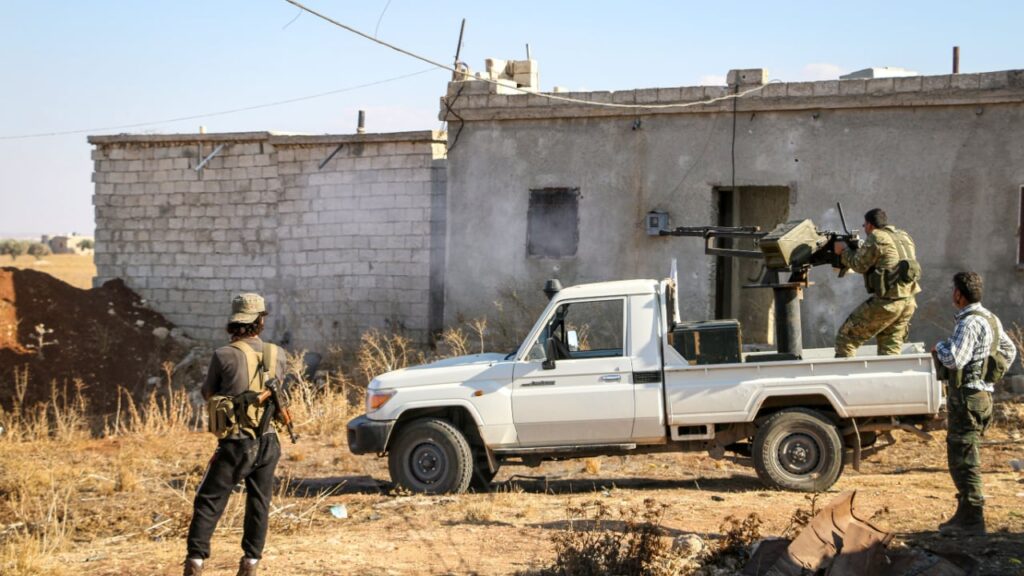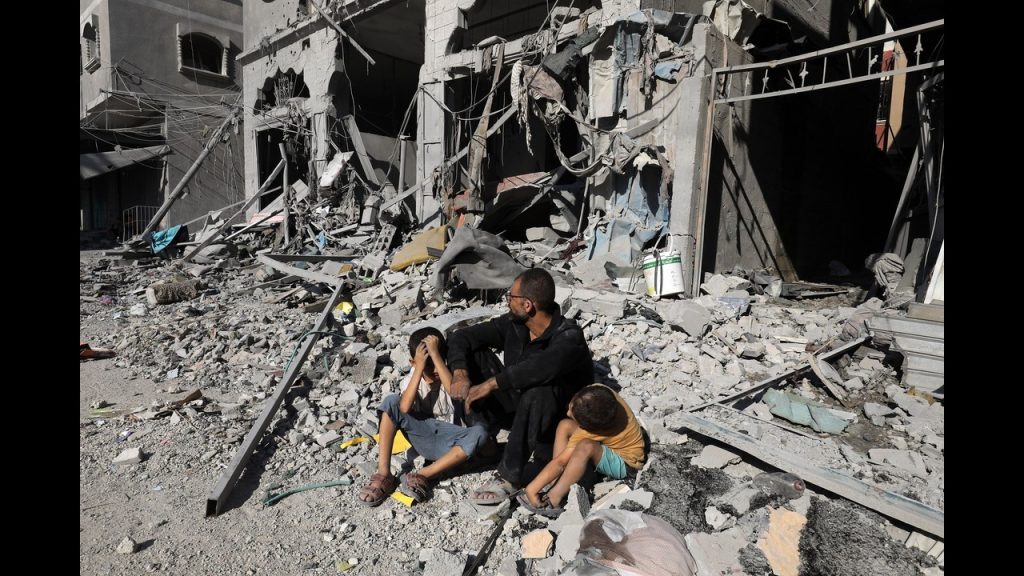Custodians of the Arsenal
 This week I visited the Los Alamos National Laboratory—the oldest of the national labs, born as part of the Manhattan Project and still occupying the mesa in northern New Mexico where J. Robert Oppenheimer assembled during World War II the brainpower that figured out how to make atomic bombs. Although the lab today leverages its expertise to address a wide variety of problems, its prime mission still focuses on atomic bombs. Its number one job is to ensure the effectiveness and safety of nuclear weapons in the U.S. arsenal. The lab is responsible for making sure the devices would work the way they are supposed to, no matter how long they have been in the stockpile.
This week I visited the Los Alamos National Laboratory—the oldest of the national labs, born as part of the Manhattan Project and still occupying the mesa in northern New Mexico where J. Robert Oppenheimer assembled during World War II the brainpower that figured out how to make atomic bombs. Although the lab today leverages its expertise to address a wide variety of problems, its prime mission still focuses on atomic bombs. Its number one job is to ensure the effectiveness and safety of nuclear weapons in the U.S. arsenal. The lab is responsible for making sure the devices would work the way they are supposed to, no matter how long they have been in the stockpile.
LANL is still a concentration of brainpower. It boasts over 2,000 Ph.D.s among its 11,000 employees. Its work is full of cutting edge endeavors—the fastest this, the most powerful that. And yet a visit reveals a juxtaposition of the new and the old. A short distance down the road from the world’s most powerful X-ray machine (used to make images of what goes on inside a simulated nuclear device during the first few fractions of a second after detonation) is a bunkered and shuttered building where tests were performed on Little Boy, the bomb dropped on Hiroshima, to confirm its critical mass. Also nearby, on the grounds of the laboratory, are some of the centuries-old ruins of Native American structures found in the area.
During debate over the new START we heard a lot about modernization of the U.S. nuclear weapons infrastructure. There is indeed much about the infrastructure that is old, including many of the weapons themselves. Some of the bombs in the active inventory are older than some pilots of the planes that carry them. But the principles of physics have not changed. What is needed to keep the stockpile in good shape is less a matter of a new tool or new design and more a matter of diligence by experts in studying what happens to components as they sit for a long time next to radioactive material inside a submarine, airplane, or missile.
Such diligence is in evidence at Los Alamos. The scientists’ natural curiosity and determination to learn all they can learn about an object of study serves well the laboratory’s function of catching any possible way the stockpile could deteriorate. Procedures are designed to reduce the risk of missing any of those ways. The head of Los Alamos and his fellow lab directors regularly report to the secretary of energy about the status of every model of nuclear weapon. They know that the current secretary, Steven Chu—an accomplished physicist—is able to ask especially tough questions. The rivalry between LANL and the other national lab heavily involved in the design of nuclear weapons—Lawrence Livermore Laboratory in California—is constructively exploited by having scientists from each lab critique the status of weapons designed by the other one.
Regardless of what additional funds go for modernization, I came away confident that the nation’s nuclear stockpile is being well cared for.


